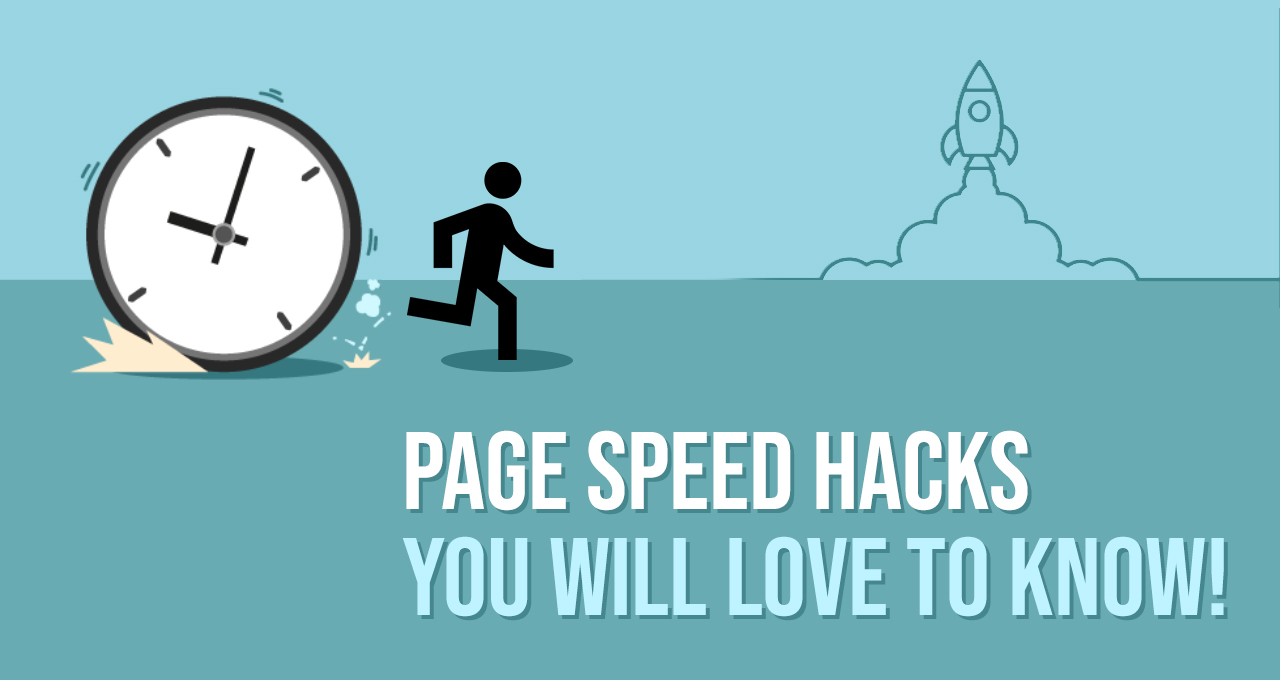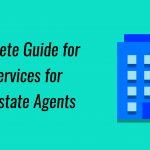Page Speed Hacks You Will Love to Know!

Page speed is the amount of time it takes for a web page to load its assets on a web browser. We all expect to load web pages in split seconds. And our frustration is astronomically high when we see white blank screens or “cute” animated loaders.
Here we have listed a few key points that will make sure your audience is not disappointed because of speed issues.
Understand Your Audience
Most probably you are being suggested this advice, maybe, for 568th times now. Yet we often become complacent to follow this rule.
Understanding the target audience tells us whether they use high speed internet or their geographic location doesn’t have a high-speed network. Are they mostly using laptops or do they use mobiles? Having clarity about our target audience helps us design web pages which will be most user-friendly.
Images, Videos and Animations are Great but…
Visual elements hold the user’s attention and make the overall web page aesthetically pleasing. But most often these are the bad guys slowing your web page significantly.
Carefully, create a balance between visual elements and text. Run usability tests to examine if your web page really requires these different visual elements.
Use tools and plugins to compress images. But make sure there is no degradation in quality.
Let Users Interact with a Meaningful Element Instantly
Suppose, you have designed a web page which will take a few extra seconds to load and you can’t edit it further to remove elements. In this case, design your webpage in a way that the user can interact with the main element almost instantly.
Don’t Forget about Browser Caching
This will store some of the resources of the webpage on a local web browser. So, whenever a user visits the same page next time, asserts will load faster because they are not downloaded from the origin server. Not only it will increase speed but save cost as well.
Upgrade your Hosting Plan
Normally, we choose standard hosting plans. These plans are cheap and are a rational choice when we have just launched our websites. Standard hosting is fine if you have less than 1000 visitors per month.
Downside of these standard plans is that resources at the origin server are shared by hundreds of websites. Naturally, when there is upsurge in traffic, resource constraint will dramatically reduce the page speed.
Upgrading to dedicated hosting plans ensures that your website is connected to a server whose resources are not shared. Providers will also ensure maximum data safety for your websites from spammers, hackers, trojans, worms, and crashes. So, if you can afford dedicated hosting plans, you shouldn’t be reluctant to take one.
Use CDN for Better Outcome
CDN is a Content Delivery Network. Now, this is a game changer. Let us explain how?
CDN is a geographic distributed network of servers designed to provide swift delivery of internet content. It can smoothly manage html pages, JavaScript files, spreadsheets, images, videos, and interactive visualizations. Facebook, Netflix, Amazon, etc. use CDN to be fast, cost-effective and secure interfaces for their users.
CDN distributes content to data centers that are geographically close to users. Websites, then, load assets from these close data centers rather than from the origin server. As a result, your website loads faster and helps in achieving good user experience.
CDN reduces bandwidth costs as well. Since, bandwidth consumption cost is a major expense for running a website. CDN deploys various optimization strategies to lower this cost.
Another major benefit of CDN is that they can handle hardware failures more efficiently than traditional origin servers. Thus, maintaining continuous content availability which is referred to as uptime.
As you have read, fixing page speed issues is not a daunting task. Therefore, we don’t want you to lose customers and SEO rankings due to speed issues.



